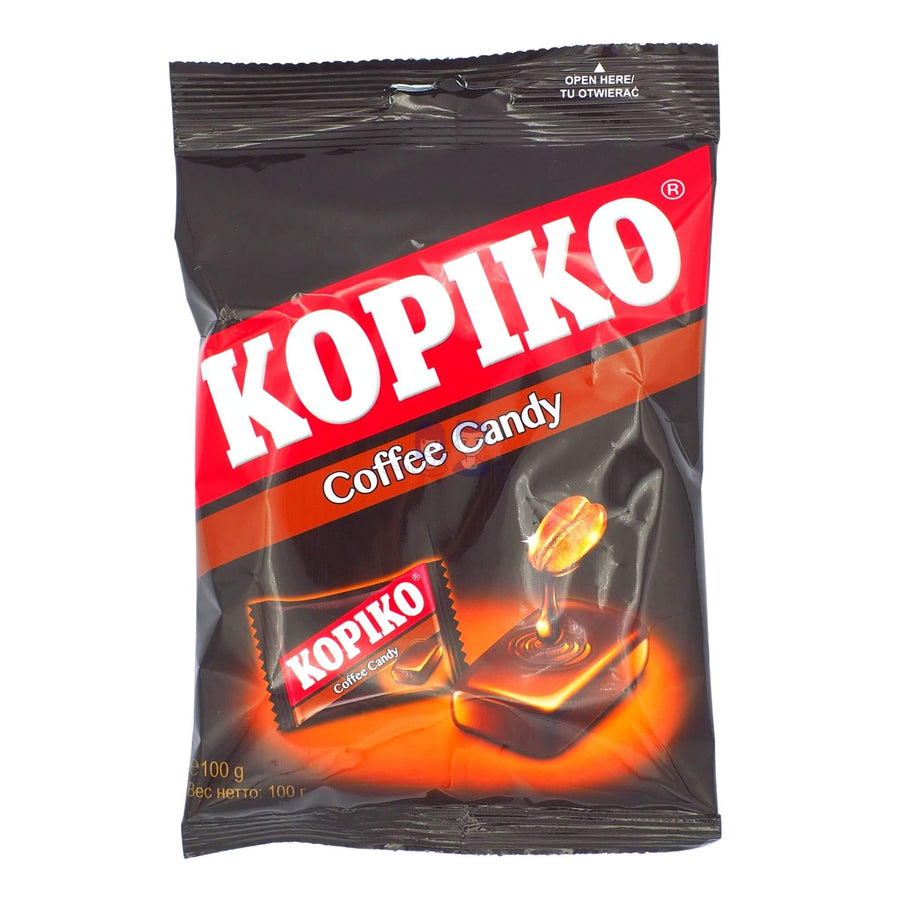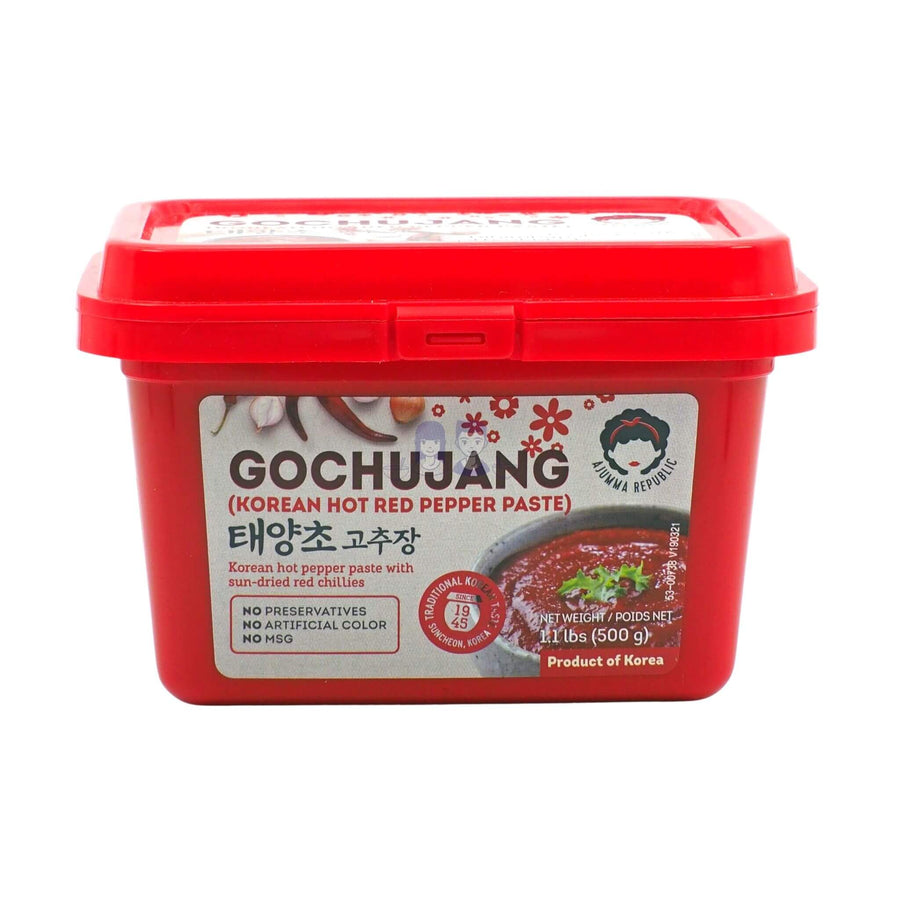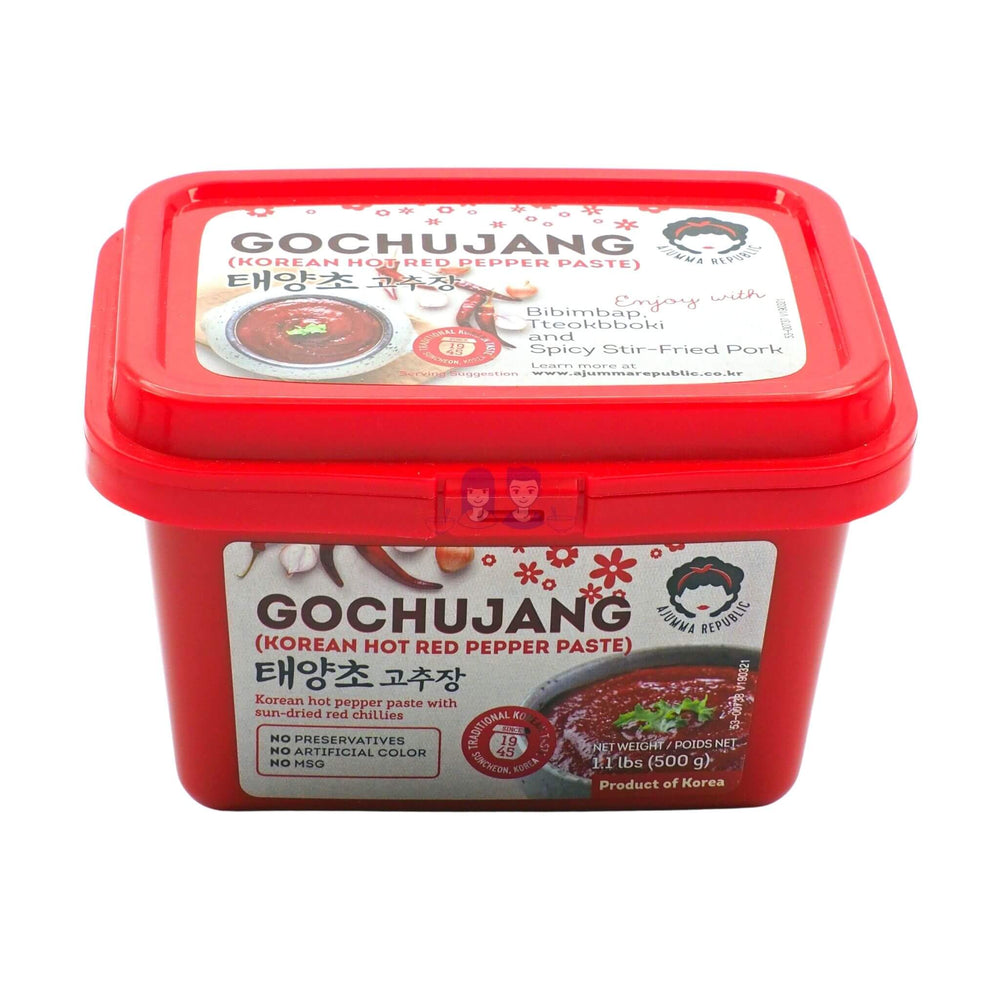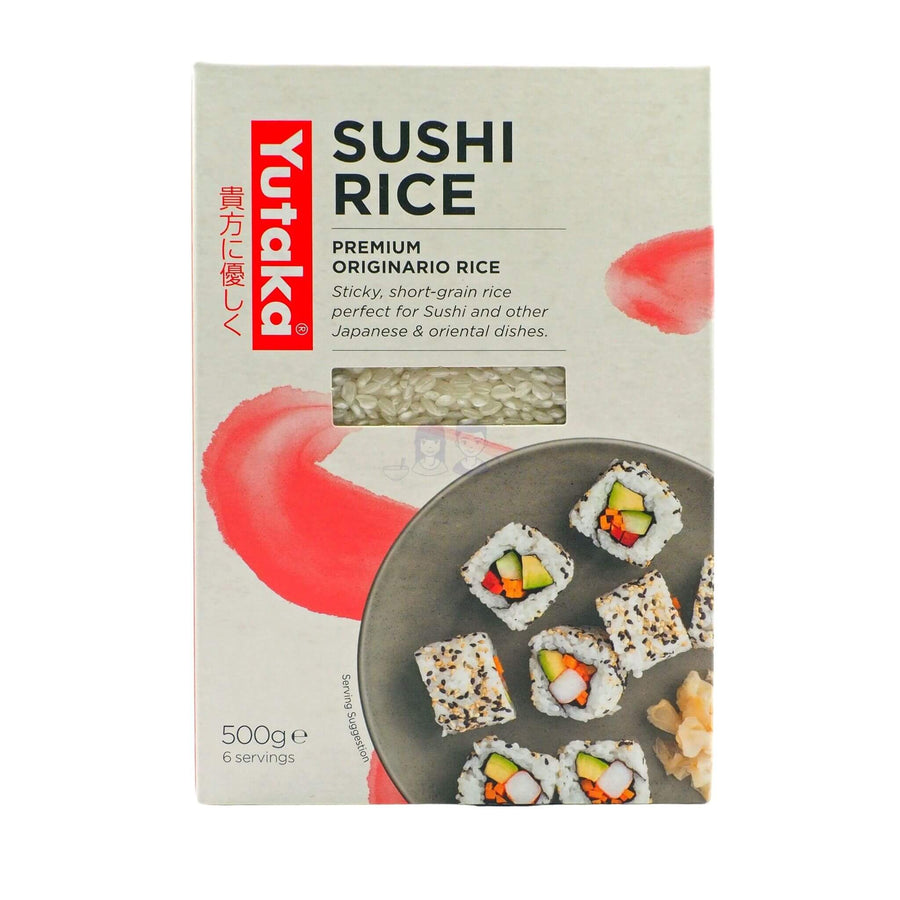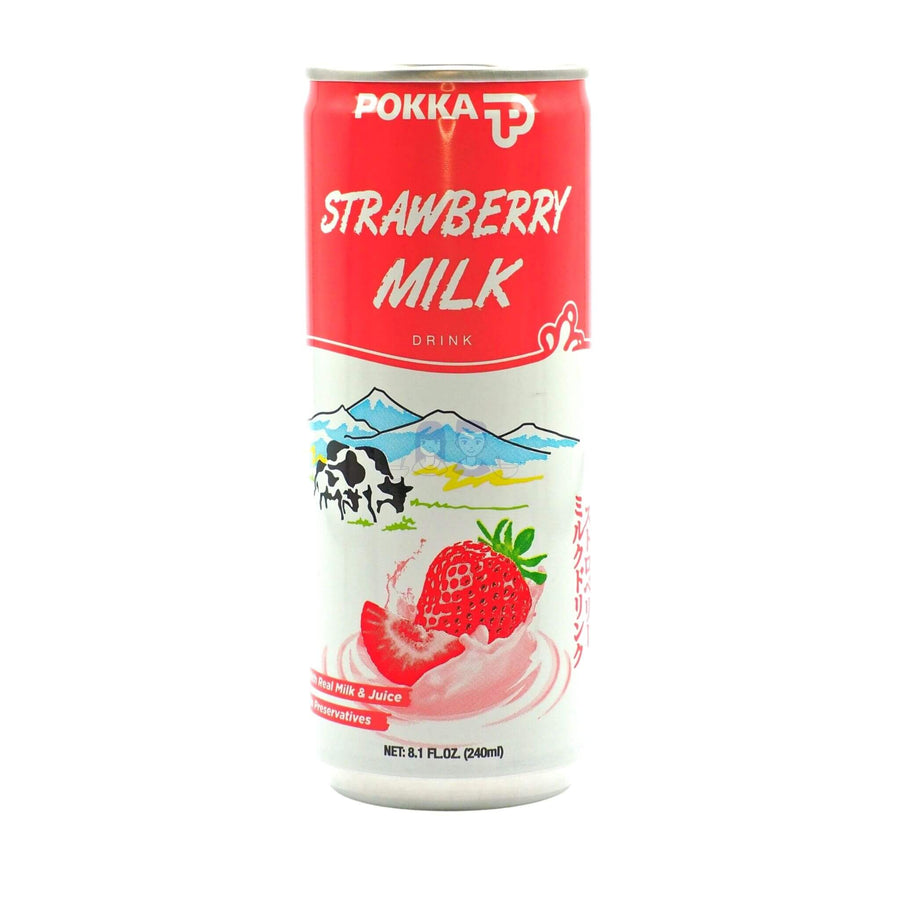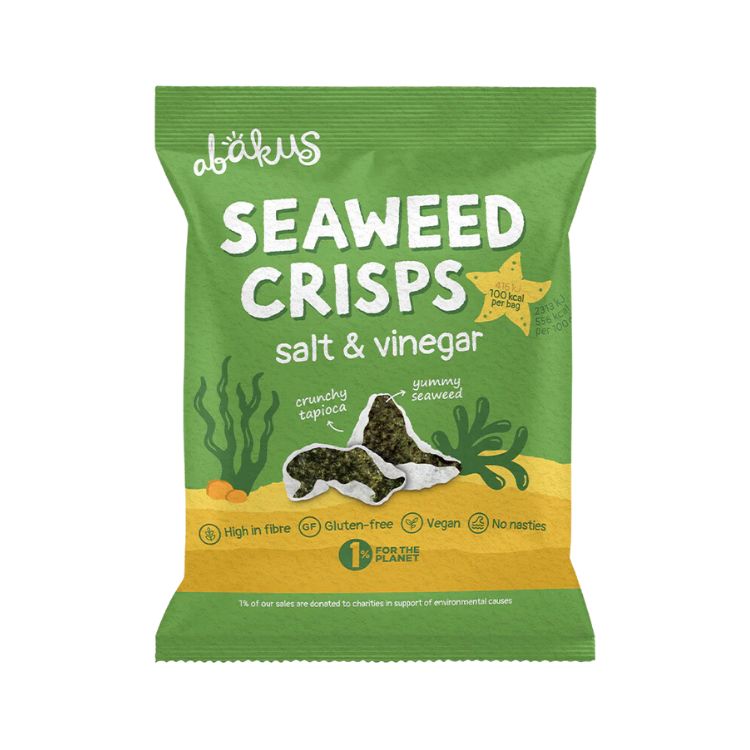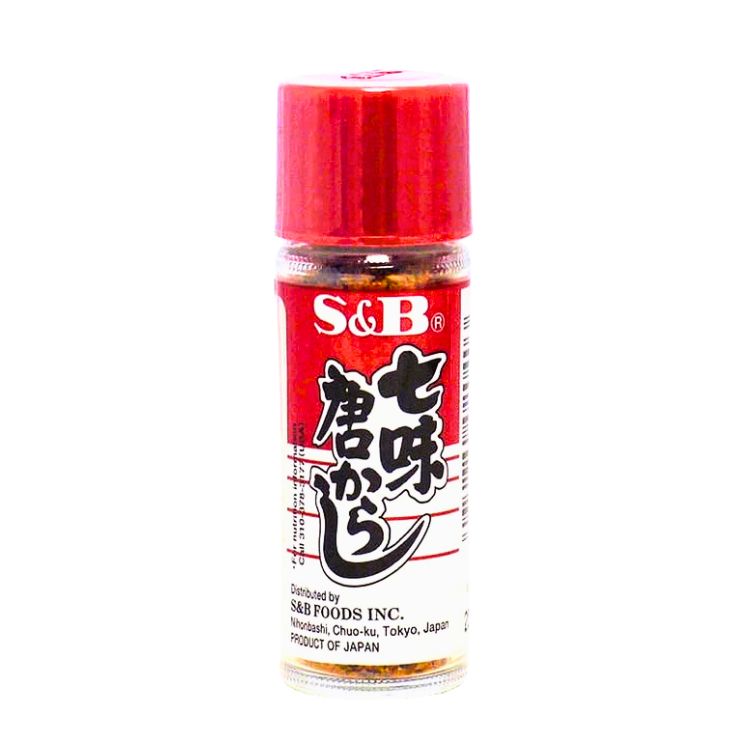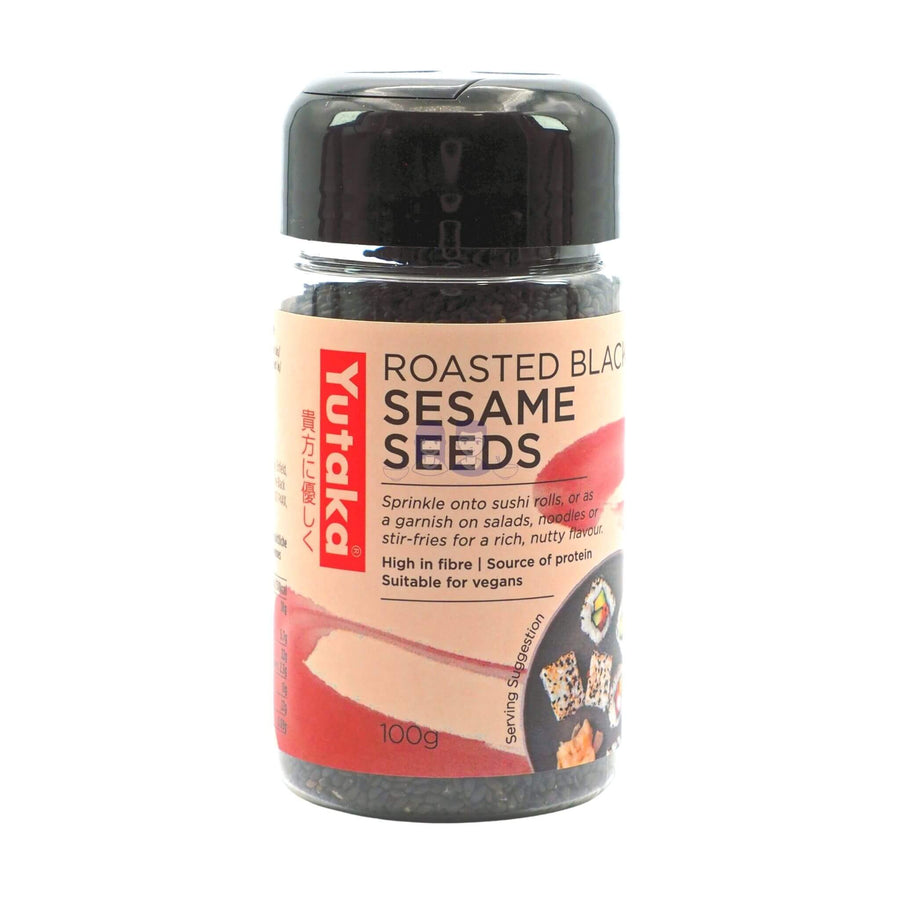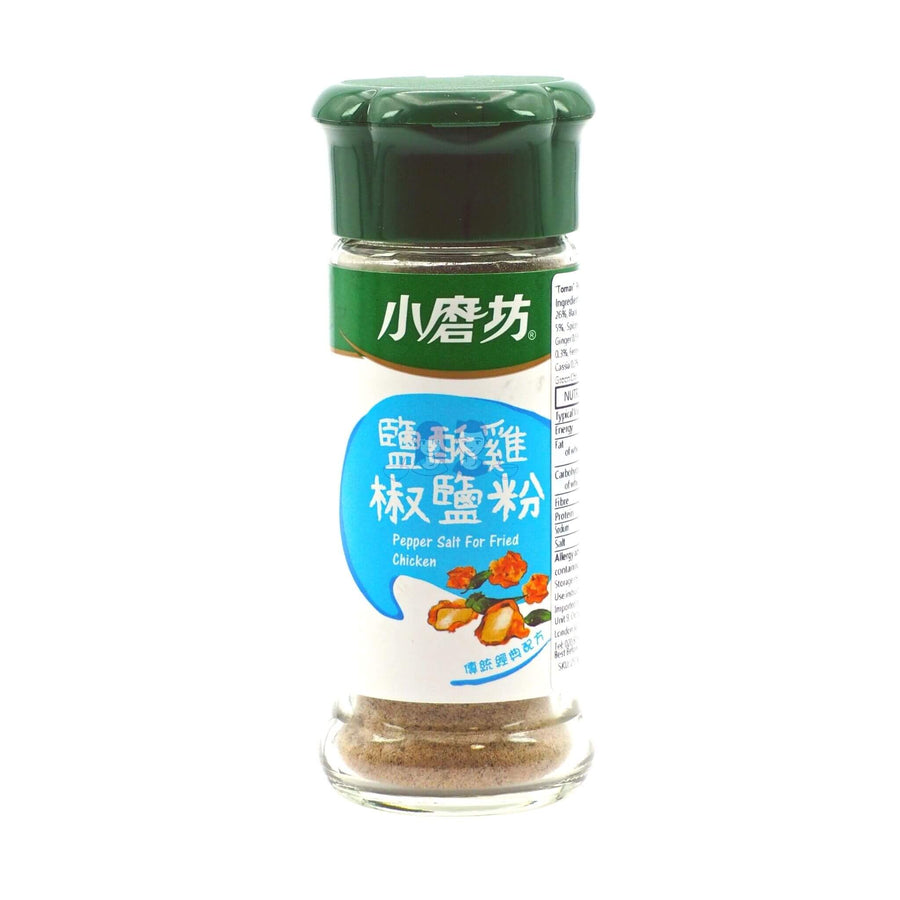15 Key Asian Spices and Seasonings for the Adventurous Home Cook
Asian cuisine is known for its bold and complex flavours, often utilising a wide range of spices and seasonings. If you’ve been thinking of elevating your home-cooked meals, why not try Asian spices? While these can get quite overwhelming at the start, fret not, as today we'll help demystify some of the more popular ingredients that will get you cooking with authentic Asian flavours in no time.
→ Shop now: Our handpicked range of Asian herbs and spices
#1 Five-spice powder
While the recipe for this spice differs across brands, it’s commonly made from powdered cloves, fennel seeds, star anise, Chinese cinnamon and peppercorns. Originating from China, this blend of spices produces five key flavours of traditional Chinese cuisine – sweet, bitter, sour, salty and savoury. Five-spice powder is an essential Chinese ingredient and can be used as a dry rub for roasted meats and is featured extensively in Cantonese Roast Duck.

#2 Sichuan peppercorns
Well-loved for their distinct, numbing effect when eaten, these peppercorns hail from the Sichuan province in China but have found their way to the rest of the world. They have a slight spice and are added to popular dishes like Mapo Tofu, or mixed together with chilli pepper to make Mala sauce – a great base for hotpot. We recommend grinding them up before cooking or alternatively simply add them in whole!

#3 Star anise
Star anise is the fruit of an evergreen tree native to Vietnam and China. It resembles a flower and has a sharp fragrance with an intense, slightly bitter flavour. This spice pairs well with roasted meats and enhances soups and stews with its unique, savoury flavour that comes out after cooking. We usually add one or two whole pieces to our favourite noodle dishes like Beef Pho or Taiwanese Noodle Soup, but keep in mind to remove them before serving. Biting into these can be quite unpleasant as they have an overly medicinal taste!

#4 Seven-spice (Shichimi togarashi)
This Japanese spice blend comprises an umami mixture of ingredients such as chilli flakes, seaweed and sesame seeds. This key Japanese ingredient is usually heavy on the chilli, making this a great way to season your soups and rice while adding a fiery kick. Dating back a few thousand years in Japan, this seven-spice has come a long way and is typically added to ramen or Gyudon.

#5 Sansho pepper
With its strong, tangy flavours, sansho pepper is often added as a garnish to grilled or fried meat and is commonly served with freshwater eels in Japan. Made from the peppercorns of the Japanese prickly ash – a fragrant shrub – it’s a lot milder than its Sichuan counterpart, but also has a slight numbing effect. Add this to soups, stews, or Asian hot pot, if you’d like an intense, citrusy spice!

#6 Wasabi
Wasabi is made from Japanese horseradish and has a very similar taste to mustard, with a spice that dissipates quickly – although you will feel it in your nose more than your tongue. Originating in Japan, wasabi has varying grades. The highest grade of wasabi has a slightly sweet taste and is served freshly grated. Wasabi is one of our favourite Asian spices and is usually served with sushi, in between the fish and rice.

#7 Gochugaru (Korean red pepper flakes)
Gochugaru is made from coarsely ground sun-dried peppers and is a core ingredient in most Korean cooking like stews, soups and marinades, colouring the dishes it’s added to with a vibrant red. Popular dishes that feature gochugaru are kimchi and Gochujang jjigae (Spicy Chilli Stew). It’s slightly sweeter than other chilli flakes and has a nice smokiness to it as well.

#8 Doenjang (Korean fermented soybean paste)
Another key seasoning in Korean cooking, Doenjang is made from fermented soybean paste and salt. It’s used extensively in soups and stews, enhancing them with an intense, savoury flavour. We really enjoy this paste in Doenjang jjigae (Korean soybean paste stew) – sometimes adding a tad more than what the recipe calls for – as it elevates the taste of the other ingredients like tofu and Asian vegetables and makes the overall stew feel like a warm hug.

#9 Lemongrass
While lemongrass is traditionally featured in most South East Asian cooking, it’s commonly used in Thai and Vietnamese food and is native to the region. With its unique citrusy taste, lemongrass is often added to teas, stews, curries or soups and has an array of health benefits. We particularly enjoy this in Tom Yum Soup – a delicious Thai dish. When cooking with lemongrass, remove the outer leaves and grind or slice up the fleshier parts to release the aroma and taste of the herb.

#10 Galangal
Closely related to ginger, galangal has a more peppery and tangy bite to it and is typically used in South East Asian cuisines. There are three varieties of galangal – lesser, greater and light, which are native to China, Indonesia and Southeast India respectively. Cooking with galangal is very simple – peel and grate, or mince, and add them to popular Asian sauces, marinades, stir-fries or soups. It’s featured in popular recipes like Thai Coconut Soup, or Thai curries like Thai green curry.

#11 Kaffir lime leaves
Harvested from the kaffir lime tree, this leaf adds a zesty, spiced flavour to any dish. It’s often used in South East Asian cuisine and is a key ingredient in Indonesian, Thai and Cambodian cooking. Similar to how you’d cook with a bay leaf, add this (but not too much) to a pot of curry, stew or soup and remove when serving – try not to eat this on its own as it can be very tough. Incredibly aromatic, we find kaffir lime leaves work great in Thai Coconut Curry and even Tom Yum Soup!

#12 Annatto seeds
These seeds come from the achiote tree, which is usually found in Central and South America but has since been gradually introduced to Asia. They’re often used to colour sauces or marinades, giving them a lovely shade of orange-red – which is why they’re added to orange and yellow curries in Thai and Vietnamese cuisine. Annato seeds have a mild peppery taste with a fragrant aroma.

#13 Cinnamon
The cinnamon here refers to Chinese cinnamon or the spice harvested from the cassia tree in China, which has more intense, bittersweet flavours as compared to typical cinnamon, and is often used in savoury dishes. It’s found in five-spice powder, but can also be used on its own to add greater depth to meat-heavy dishes or curries – popular recipes include Chinese Tea Eggs or Vietnamese Beef Pho.

#14 Candlenut
Mainly used as a thickening agent in Asian cooking, candlenuts are often added to increase the creaminess of stews and curries. They have a mildly bitter flavour, which is reduced by cooking. Candlenuts come from a tree that is grown in the South East Asian region but has since spread to other parts of the world like Hawaii. They’re featured in dishes like Indonesian Candlenut Curry, and even Curry Laksa. Do remember to cook them before eating or adding them to food, as raw candlenuts are slightly toxic!

#15 Tamarind paste
This paste is made from the fruit of the tamarind tree, which grows throughout Asia and Mexico. It’s quite sour and often added to sauces, soups and curries, giving these dishes a tangy, citrusy kick. You can find this in Vietnamese cuisine as a dipping sauce or added together with lemongrass in chicken or seafood dishes! Tamarind paste is also an important Thai ingredient used extensively to provide the signature sour taste in dishes such as Pad Thai, various curries, and sauces.

Final Word
Home-cooked food doesn’t have to be boring! Experiment and get creative with these key Asian spices, and transform your meals with authentic Asian flavours.


